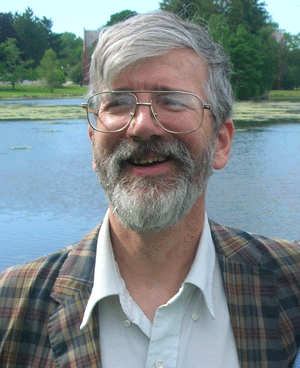Year: 2009
Where this model differs from conventional wisdom, it is predicted here that Uniformitarianism (Plate Tectonics) occupies 90-99% of the earth?s history and that Catastrophism happens only 1-10% of the time. This model encompasses data sets from both schools of geology.
Glaciers surge; their properties are similar to plates. Glaciers consist of an elastic discontinuous material, snow and fern, at the surface. Sediments and pillow basalts occur beneath the surface of seafloor. Down section, we get a continuous elastic medium, un cracked ice in glaciers and the sheeted dyke sequence in the seafloor. Both grade downwards in into first a ductile and then a plastic region at the base.
Surging will occur whenever acceleration of the plates lubricates the base and sides of the plates and the resistance to energy tied up in the conduit drops dramatically as hot rock deep beneath the ridge drops the viscosity in response to this increase in strain rates. Major new ideas here are that heat flow may be partially lateral, not vertical, and that a singularity in structural geology is suggested.


